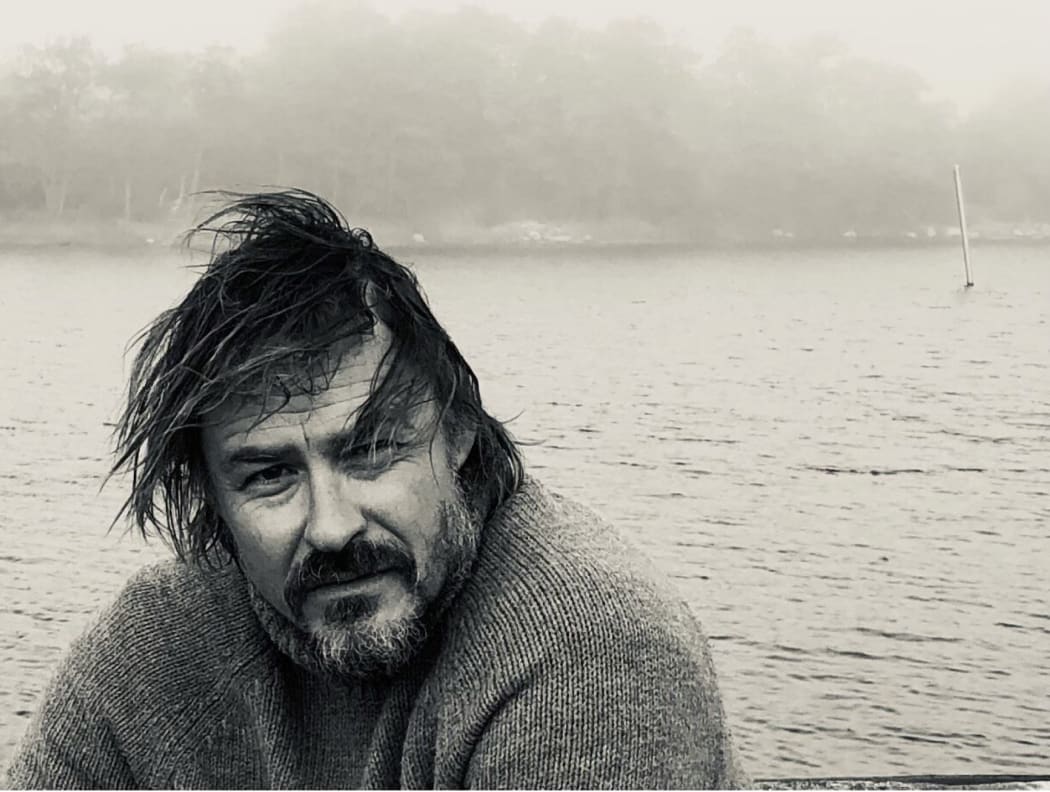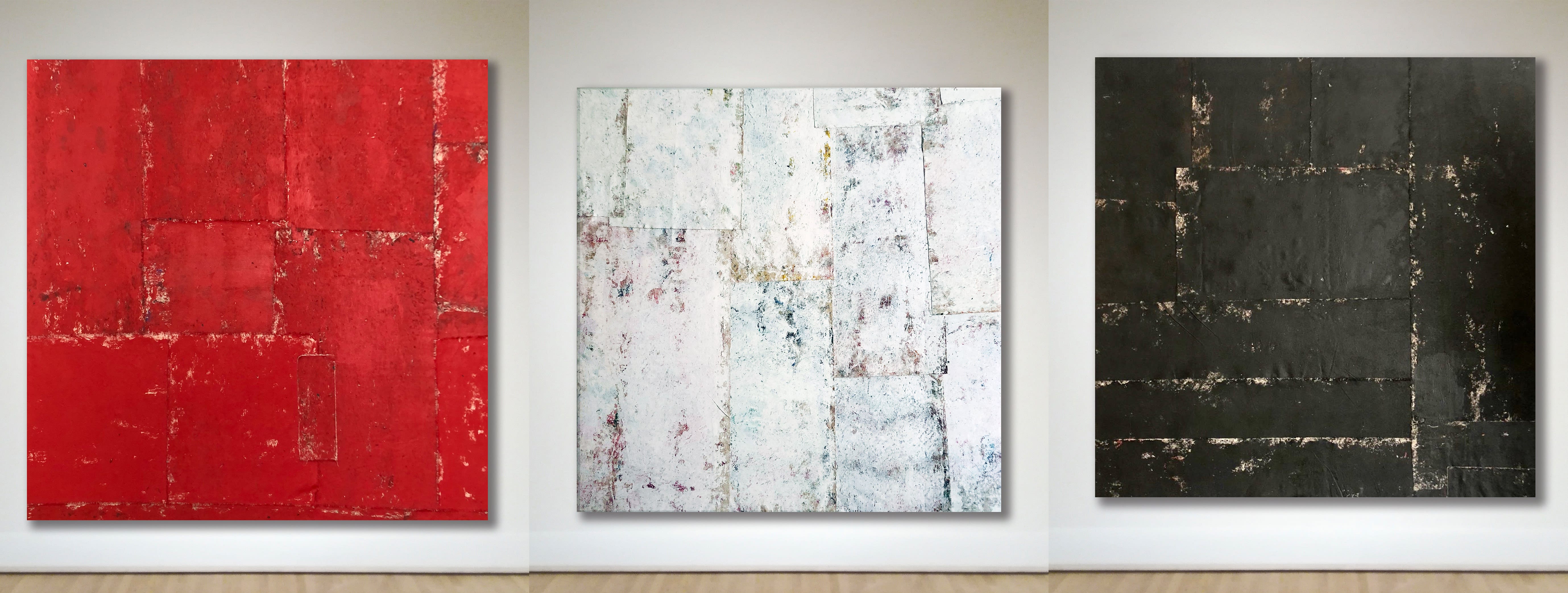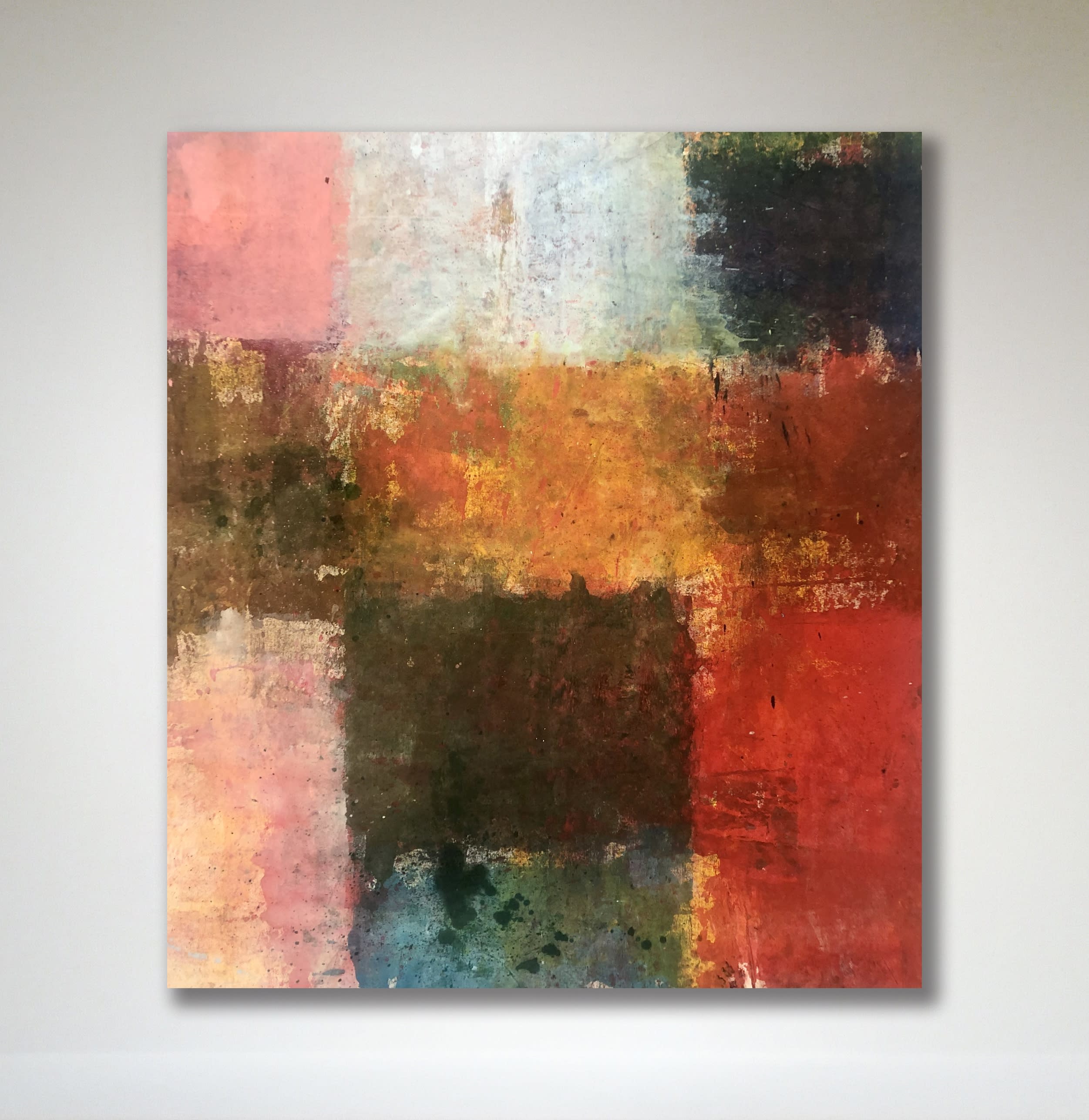
Read on for a conversation between the artist and CAMP founder, Melanie Prapopoulos.
When did you know you were an artist?
I have been interested in art as far I remember. However, I started to feel more and more like a “real” artist in my late 20s
What is your favorite color and why?
All colors are beautiful in their own way, but I think red is my favourite.
Why do you work with the media that you do?
I work with various media and I’m interested and curious in various materials. I have mainly been painting, also some sculpture and photography. At the moment I’m exploring AI (artificial intelligence) and digital options.
Do you have a routine when creating art?
A lot is happening all the time in my head. Maybe too much, all the time. When I’m done in my head, It all comes out quite quickly and natural.
Is music a part of your routine and if so what type and who, and why?
To be honest, I work most of the time in silence, but from time to time I listen to music. Usually 70’s music.
Is there something about your work and media that we should know?
I have a very hard time staying consistent to what I do. Sometimes it feels that I am somewhere else and not being present, so I’ll look around and try new things, and then end up coming back to my basic practice.

Bottom: NBR 4554 (Untitled). 192 x 156 cm.
What does your art explore, and why?
A new whole of old pieces. Breaking down [to] create something new. A form of recycling.
Is there an artist or artists that you feel inspires you? If so, who and how?
I’m inspired by American artists from the 50s-60s. Artists that were part of the New York School, abstract expressionists. Rothko, Pollock, Newman, de Kooning, to name a few.
What is the most important thing you have learned about being an artist?
It’s harder than you think. Often learning by doing, and you will make many mistakes. Until you come up with the right way to do it. It can take time.
Where do you find inspiration?
In everyday life.
What is the best part of being an artist?
Freedom, the possibility to do things your way. There are no rights or wrongs.
What is the worst part of being an artist?
Financial insecurity, I guess.
What advice would you give your younger self, and to younger artists?
If this is what you want to do, just do it. And to myself; be more consistent and stick to the plan.
Was there a moment when everything changed for you? Why was it significant?
I can’t really recall a specific moment, but I think that the older I get, the more patient I become. Things can happen when you don’t expect them to.

Which is your favorite piece of art, and why?
Hmmm…. that is hard to answer as I like different pieces, mainly by American abstract expressionists. I have to say some bigger works by Basquiat are quite impressive.
What do you want the viewer to gain when encountering your work?
A quiet moment where you can think about the pieces in life. My paintings are like life: small pieces that form a whole.
Which is you favorite museum and why?
I did visit LACMA [Los Angeles County Museum of Art] last summer; it did impress me. The architecture, the surroundings, and the art. A good whole.
What museum do you want to visit but haven’t yet and why do you want to go there?
The Art Institute of Chicago is on my bucket list.
If you weren’t a visual artist, what would you be and why?
A carpenter. I like to do things with my hands.
If you could invite four artists from history to dinner who would they be, where would that dinner be held, what would you serve them, and what would you ask them, and why?
Rothko, Basquiat, Pollock, and Warhol. I would invite them to my place where we could hang out and have a couple of drinks, and then just discuss about life and art in general. Just to get to know each other. I would serve a really good pasta, made by my wife, and red wine to drink the whole evening.

Element, 2021.
House paint and acrylic on canvas.
160 x 140 cm.
